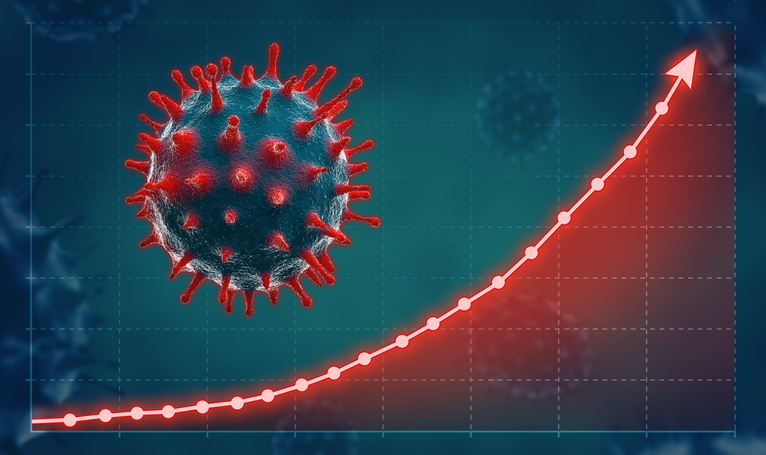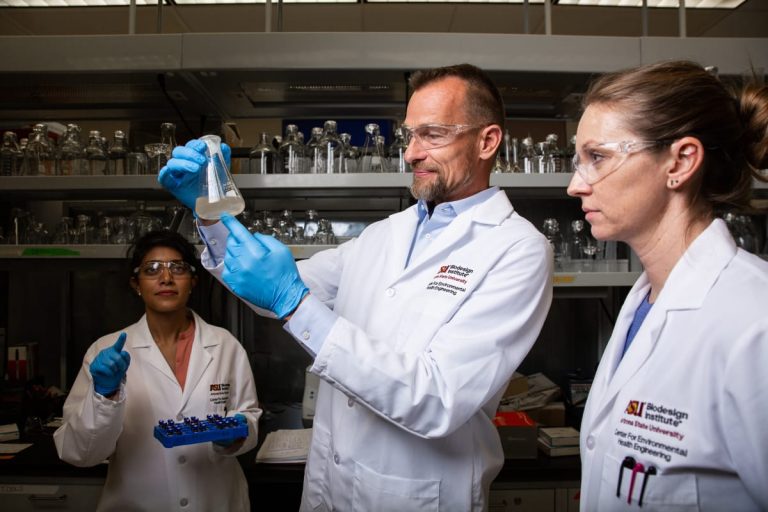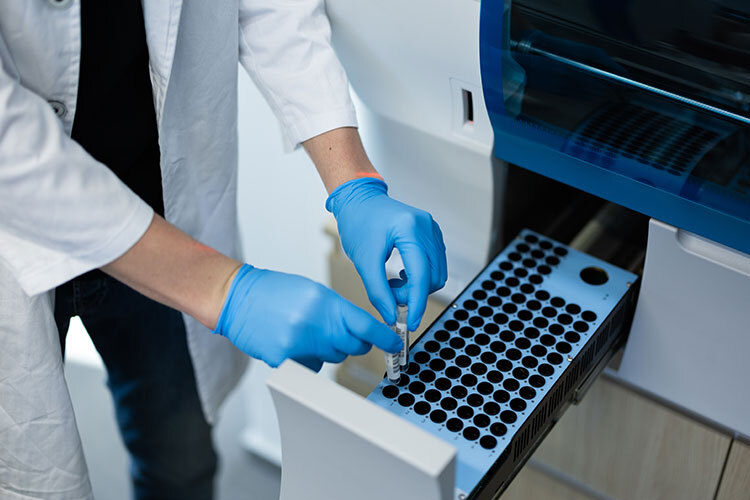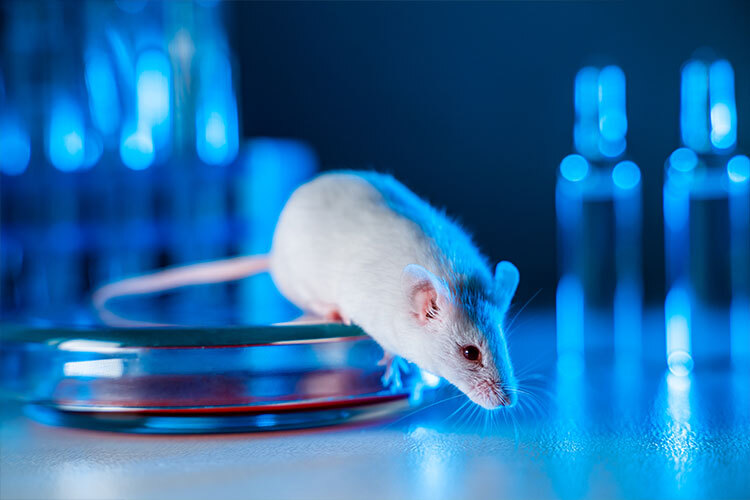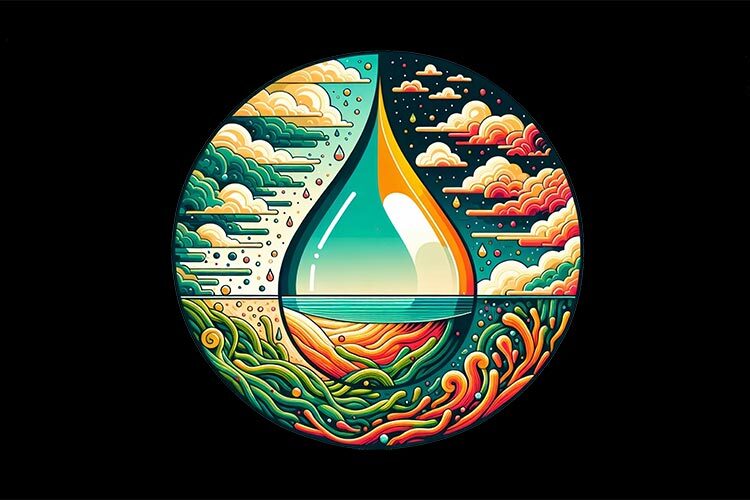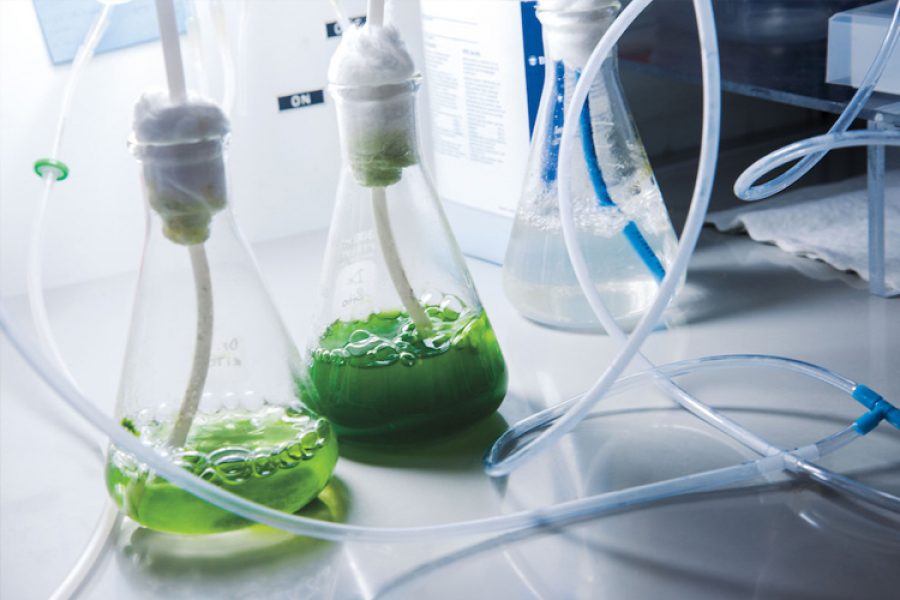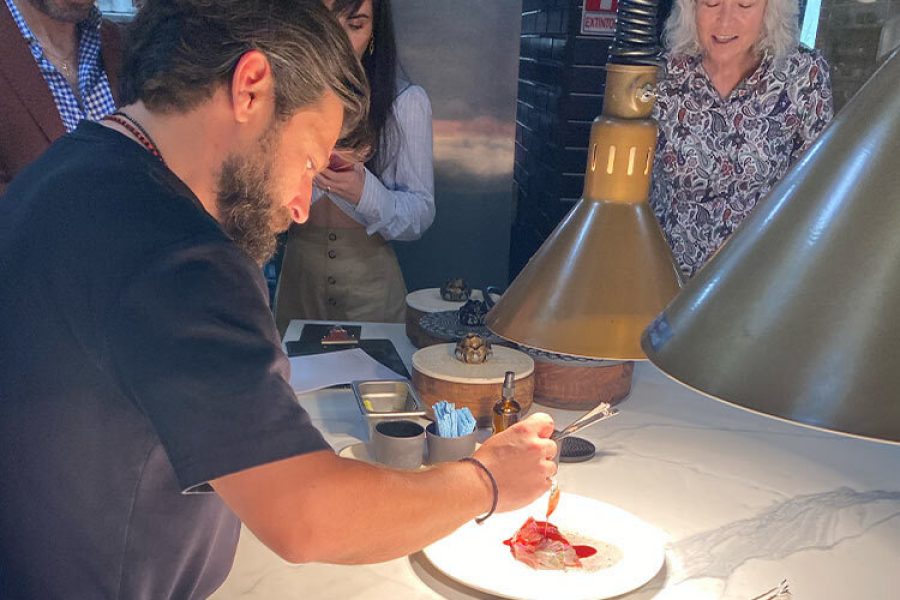Microalgae are becoming a natural ingredient that is advancing in the cosmetic industry, a growing business that by 2027 has prospective sales of $580 billion, according to data from the consulting firm McKinsey & Company.
Due to stricter regulation and consumer demands, it is increasingly important that industries find molecules that, in addition to having desirable properties, do not cause harm to the environment or people.
For this reason, researchers around the world have started looking for active substances in plants, fungi, bacteria, animals and algae that can replace synthetic ones.
Microalgae are a group of algae formed by simple structures of one or a few cells, which can reproduce quickly and generate a lot of biomass; an example is the famous Spirulina, used as a dietary supplement.
“From an evolutionary perspective, different species of algae have thrived in very diverse environments,” says Jorge Benavides, research professor at the Biotechnology Center and the Institute for Obesity Research (IOR) at Tec de Monterrey, in an interview with TecScience.
According to him, this has caused them to generate compounds that serve many purposes, including retaining moisture or protecting themselves from UV rays.
That is why, for years, Benavides has studied microalgae -among other organisms- with the aim of isolating molecules of interest. His group specializes in finding biological compounds with desirable activities for different applications for the pharmaceutical, food, cosmetic and bioremediation industries.
Then, they find the natural sources of these molecules and design the chain of processes to extract them. “This whole train of conceptualization, design and development of bioprocesses is what we are experts in” explains the researcher.
In other words, they are an example of the science that many industries promise support their products.
Have Microalgae Been Used For A Long Time In The Cosmetic Industry?
Microalgae are beginning to make their way into the cosmetic industry as a source of natural ingredients, but this has not always been the case: “They are unusual organisms and are not the first to be chosen,” says Zaida Garza, a PhD student in Biotechnology in the Bioprocesses group.
Currently, many natural ingredients in beauty products come from recombinant bacteria -which are genetically modified to generate molecules of interest. However, microalgae also have compounds that could be useful.
Some of these are phycobiliproteins, which are part of the chloroplasts of algae -they can carry out photosynthesis, just like plants.
Microalgae: Sources Of Natural Dyes
These proteins are fluorescent, have striking colors and antioxidant properties. Therefore, they are often used in laboratories and could be used as natural pigments. “One with which I have worked a lot gives a deep Mexican pink,” says Benavides.
In addition, they have extracted carotenes and carotenoids, which produce colors in the range of yellows, oranges and reds. Thus, these compounds can be used in any cosmetic formula that requires color, such as lipsticks, blushes, eye shadows, and eyeliners.
By replacing synthetic dyes with natural ones, not only are potential damages to the environment and the health of consumers avoided, but they can also have more than one use, such as providing color plus serving as antioxidants.
“Typically, synthetic dyes have no other application beyond providing color,” says Benavides.
Potential Sources Of Moisturizers And Sunscreens
Garza has focused on a group of compounds called exopolysaccharides. These are generated by algae when they are in a body of water that is drying out and, therefore, need to retain moisture.
“They could be included in creams or serums to hydrate the skin and promote anti-aging,” she says.
According to her, these compounds could compete with hyaluronic acid, a very sought out ingredient in the cosmetics industry that is currently obtained through recombinant bacteria.
In addition, other groups have studied its properties to protect against UV radiation, modulate the immune system and even help heal wounds. Over time, exopolysaccharides could replace some of the ingredients in current sunscreens.
Benefits Of Using Microalgae In The Cosmetic Industry
According to researchers, using microalgae as a source of active ingredients for beauty products has many benefits.
The first one is that since they are photosynthetic organisms, large investments are not required to maintain them and the production cost is low.
Furthermore, multiple compounds of interest can be extracted from a single culture, obtaining two, three or four ingredients from a single bioreactor.
Regarding regulations: “For safety reasons, synthetic dyes are already declining, so we have to look for alternatives,” explains the expert.
Probably the most important thing is that microalgae could be a model of circular economy and sustainability.
These can use the carbon dioxide (CO2) generated by human activities, transforming it into useful compounds for them. Thus, they would generate natural ingredients for the cosmetic industry while cleaning the atmosphere.
“In the next 10 or 15 years, a greater variety of microalgae will be used in industrial processes, this is only the beginning,” concludes Benavides.


